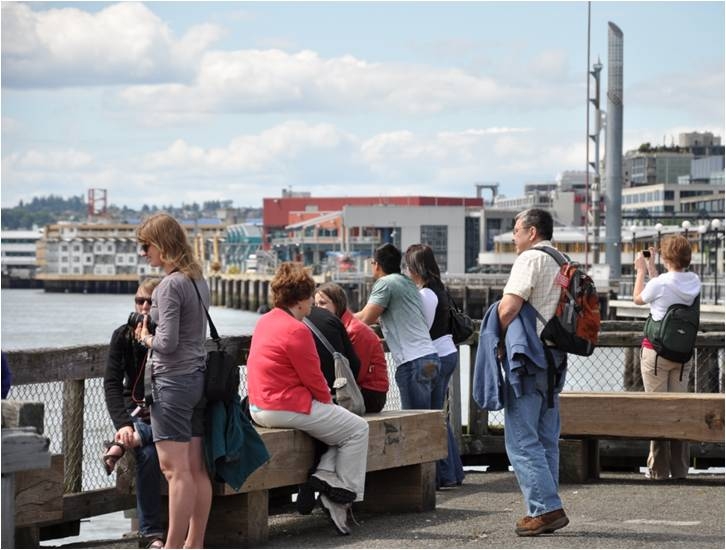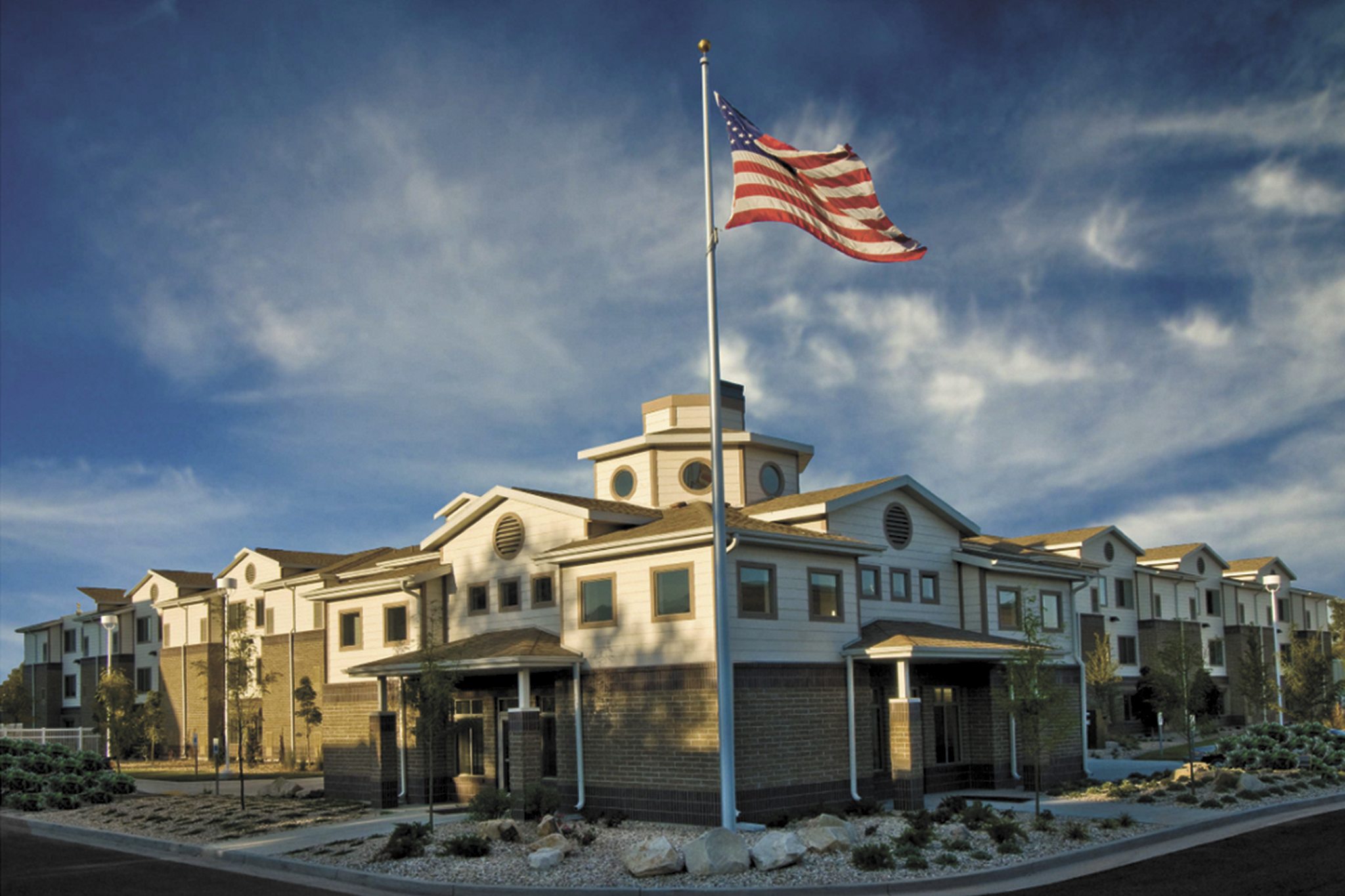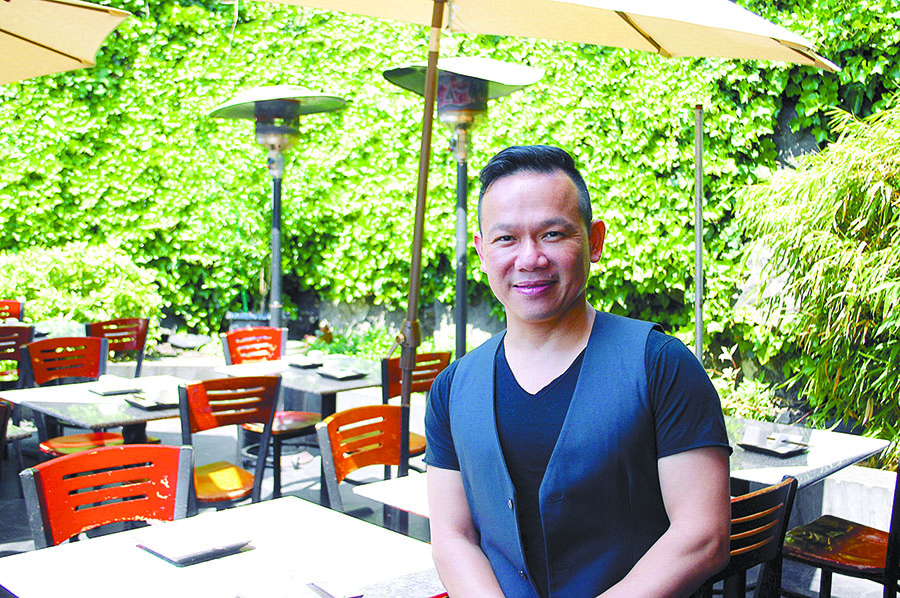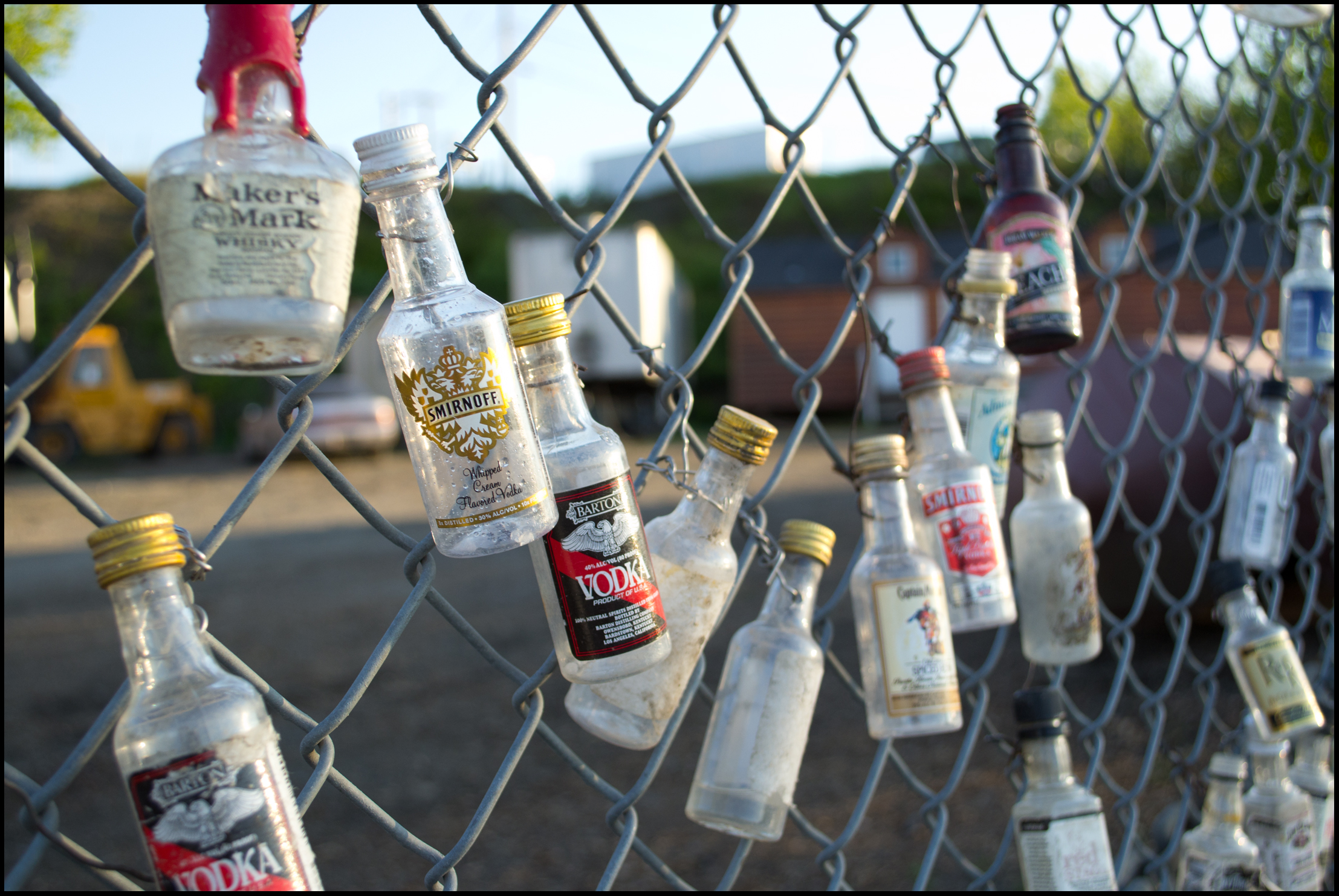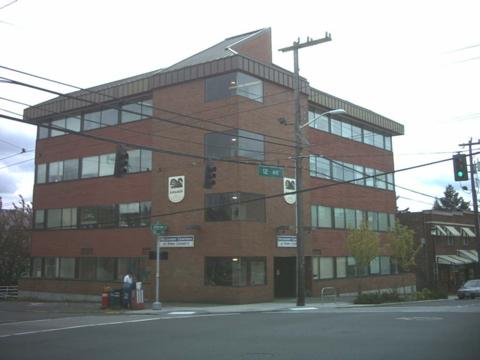Ye Olde Curiosity Shop has stood the test of time on the Seattle waterfront for 114 years. Several generations of tourists have flocked to the store, its every nook and cranny crammed with sock monkeys, polar bear skulls, live Mexican jumping beans, mustache sunglasses, and gooey slime from Mars.
And don’t forget “Sylvia the Mummy,” a favorite glass-encased attraction for those partial to feasting their eyes on a mangy 20-pound Spanish immigrant supposedly found in the highlands of Central America in the 19th century.
The sign above the old girl reads: “She’s the perfect example of natural dehydration” – a condition waterfront merchants worry may befall them and their cash registers during the three-year-long $350 million seawall replacement project that officially got underway yesterday.
“It’s really hard to know what to think,” says Curiosity Shop owner Andy James, whose great-granddaddy set up the trinket trove of a store more than a century ago. “We’re all worried whether customers will come back. We understand that the city is pushing transit, but our customers come by car, and now they’re taking away all the parking.”
Beneath the Alaskan Way Viaduct, “No Parking” signs continue to sprout, that and chain-link fencing and construction equipment and orange traffic cones and detour signs. The initial mission is to carve out a temporary Alaskan Way surface street, from Colman Dock north to the Aquarium.
Things move slowly in process-ruled Seattle. There’s been talk of forging a new 3,700 seawall since the final aftershocks dissipated from the Nisqually earthquake, the 6.8 monster that struck western Washington Feb. 28, 2001. The passage of time, of course, has done a number on the wall. For one, the 200,000 wood pilings that anchor it have been ground down, eaten away by marine bores. In dentistry terms, fillings won’t work any longer. It needs a whole new set of teeth.
Everyone agrees the seawall, which took decades to build, needs to be replaced. If it were to fail, the physical and economic consequences are unimaginable.
Still – and understandably – merchants are rattled. Next year, for example, staring in October, a number of waterfront shops and restaurants on Piers 54-through-57 will close down to help the city speed up its work. The city, though, has agreed to compensate at least 15 businesses to the tune of more than $15 million, money which can pay mortgages, rent, insurance, and keeping key employees on the payroll.
“We don’t yet the details of the compensation, so that’s caused a lot of uncertainty,” says James.
Shanah Wheeler bought Frankly Sweets, a small waterfront confectioner, two years ago. “So we are in a critical phase, working seven days a week just to make ends meet,” she says. “I don’t know what this is going to do to us when we have to close down. But right now, we have to deal with the lack of parking. For people visiting, it’s going to be ridiculous. There’s not much we can do except ride the waves.”
Kevin Clark, CEO and president of Argosy Cruises, agrees with Wheeler’s worried assessment. “Parking is our mayor challenge. I mean, four million people visit the waterfront every year.”
Steve Bohn, owner of the Happy Salmon souvenir shop, is taking it all in stride. A lifelong Seattlite and longtime waterfront merchant, Bohn has weathered numerous disruptions to business before. “I’m trying to be as optimistic as I can, but we do worry whether people will even be able to get the waterfront. But then I think, no, if they want to come, nothing will keep them away.”
